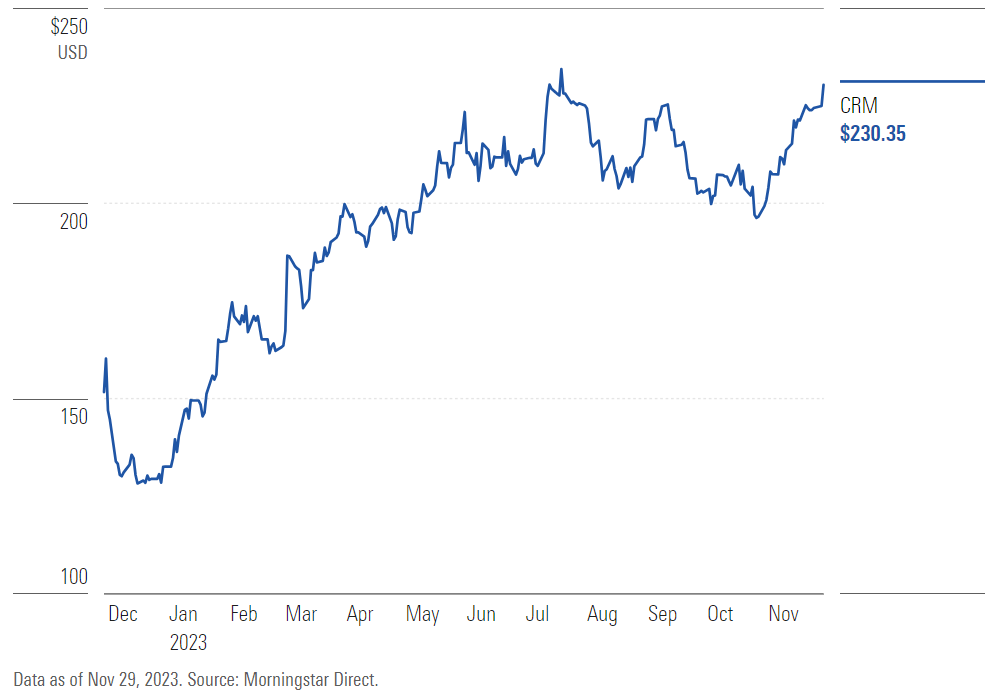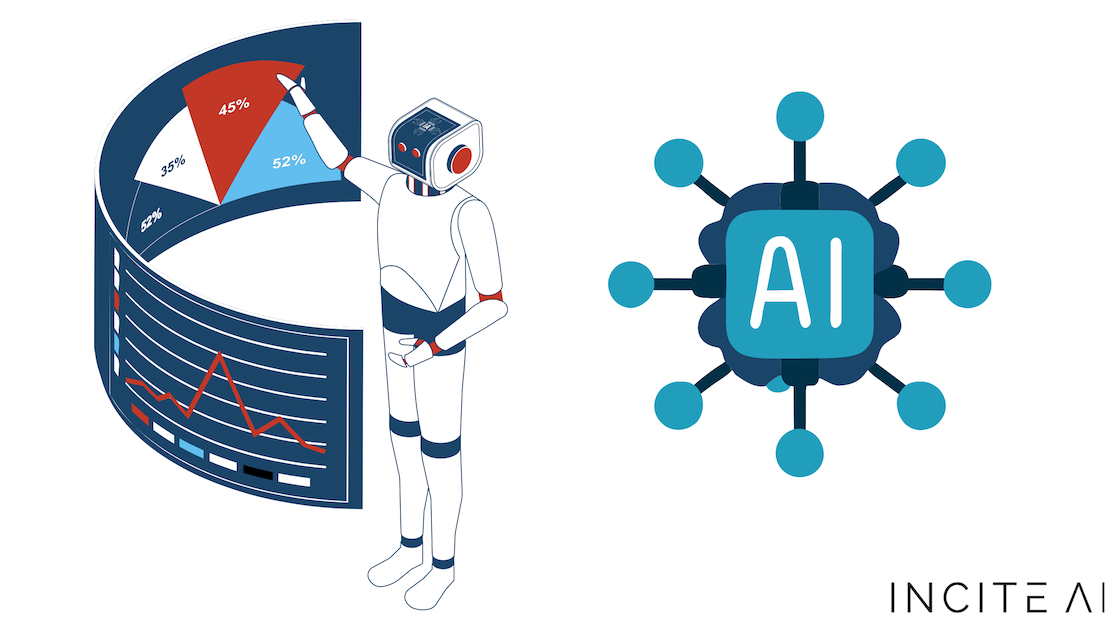AI stock prediction and analysis platforms should be compatible and seamlessly integrate with your existing systems, tools and workflows. Platforms that integrate seamlessly with the existing workflows, tools and systems will increase productivity and efficiency. These are the top 10 tips to evaluate the integration and compatibility of these platforms:
1. Check Brokerage Integration
Check that your platform works seamlessly with the trading or brokerage service you prefer.
Trade execution: Verify whether the platform supports direct trade execution using the broker integrated.
Account synchronization: Make sure that the platform is able to sync in real time balances and positions of your account as well as transaction history.
2. Assessment of API availability
API access: Make sure the platform provides an API (Application Programming Interface) for developers to build customized tools or to automate workflows.
API documentation: Look to see if there are clear examples of how the API can be utilized.
Rate limits: Check if there are reasonable rate limits for the API and whether it's able to accommodate the anticipated volume of usage.
3. Review the integration of third-party tools
Popular Tools: Make sure that the platform is compatible with other software, like Google Sheets and Excel.
Data export/import: Ensure the platform permits easy export and import of data from and to other tools.
Extensions/Plugins: Check if the platform can support extensions or plugins to add features.
4. Test Compatibility Operating Systems
Desktop compatibility - Make sure that the system you select is compatible with Windows, macOS and Linux.
Mobile compatibility: Find out whether the platform provides a mobile app for iOS and Android.
Web-based access: Determine whether the platform is access via a browser on the web to allow for greater flexibility.
5. Assessment of the Data Integration Capabilities
Data sources: Ensure the platform integrates with various data sources (e.g. market data providers, news feeds sentiment on social media).
Real-time data streams: Ensure that the platform has the ability to incorporate real-time data streams for the most current analysis.
Verify the platform's capability to import historical data.
6. Check cloud and on-premise compatibility
Cloud-based platforms: Make sure that the platform is available from any location with an internet connection.
On-premises deployment: Make sure you know the platform you're using allows deployment on premises.
Check for hybrid options. This is a model that blends cloud and on-premises features.
7. Check for Cross Platform Syncronization
Device sync. The platform must sync data and settings on all devices including mobile, desktop and tablet.
Check if changes made to the device immediately reflect on another.
Access offline: Determine if the platform allows restricted functionality or data access in offline mode.
8. Check the whether trading strategies are compatible
Algorithmic or automated trading: Make sure that the platform for trading is compatible with these strategies.
Custom indicators. Check whether the platform allows the use of technical indicators or scripts.
Backtesting strategies: Check if your platform allows you to test trading strategies using historical data.
9. Assess Security and Compliance
Data encryption: Ensure that the platform uses encryption for data at stationary and while in transit.
Validation: Find out if the platform has secure authentication methods for example, two-factor authentication.
Regulatory compliance: Check if the platform meets relevant regulations (e.g. GDPR, FINRA, SEC).
10. Test Scalability, Performance and Efficiency
Scalability: The platform must be able to accommodate increasing volume of data and users.
Performance during load: Verify whether the platform performs as expected in high-volatility situations.
Resource usage: Make sure your platform makes the most efficient utilization of resources in the system such as memory, CPU and bandwidth.
Bonus Tips:
User feedback: Use reviews from customers to assess the integration capabilities of the platform.
Trial period: Take advantage of a free demo or trial to see how the platform works with other tools and processes.
Customer Support: The platform should offer robust support in the event of integration issues.
You can assess the compatibility, integration and efficacy of AI trading platforms for stocks by following these guidelines. Read the most popular the full report on ai investment platform for blog tips including ai trading tools, AI stock picker, AI stock trading bot free, best ai trading app, AI stocks, options ai, ai for stock predictions, AI stock, ai trade, ai trading and more.

Top 10 Tips For Assessing The Reputation, Reviews And Comments On Ai-Powered Stock Trading Platforms
Examining reviews and reputation of AI-driven stock prediction and trading platforms is vital for ensuring trustworthiness, reliability, and effectiveness. Here are 10 top tips for evaluating their reputation and reviews.
1. Check Independent Review Platforms
There are reviews available on reliable platforms like G2, copyright or Capterra.
The reason: Independent platforms are able to provide users with real-time feedback.
2. Study case studies and reviews
TIP: Check out user reviews and case studies on the platform's site or on third-party websites.
What they do: They give insight into real-world performance, user satisfaction and similar.
3. Check out industry recognition as well as expert opinions
TIP: Make sure to check if any experts in the field or financial analysts from respected publications have been recommending or reviewing the platform.
Expert endorsements give credence to the claims of the platform.
4. Social Media Sentiment
TIP Be on the lookout for social media platforms such as Twitter, LinkedIn and Reddit to see what other users have to say about them.
Social media offers you the opportunity to share your thoughts and opinions that aren't filtered.
5. Verify compliance with regulations
TIP: Make sure that the platform is compliant with financial regulations (e.g., SEC, FINRA) and the laws governing data privacy (e.g. GDPR, e.g.).
The reason: Compliance ensures that the platform is operating legally and ethically.
6. Transparency in Performance Metrics
Tip : Check if the platform provides transparent performance metrics.
Transparency encourages trust and allows users of the platform to evaluate its effectiveness.
7. Take into account the quality of customer service.
Review the platform to get information about its customer support.
The reason: Having dependable support is key to resolving problems with users and ensuring an overall positive experience.
8. Red Flags are a good indicator of a negative review
Tip: Watch out for complaints, such as poor performance or hidden fees.
The reason: A pattern of negative feedback could indicate problems on the platform.
9. Examine User Engagement and Community Engagement
Tip - Check to see whether there's an active community of users on the platform (e.g. Discord groups, forums) and whether they communicate with their users on a regular basis.
Why is that a solid community indicates satisfaction of users and ongoing support.
10. Take a look at the history of the company.
Tip: Investigate the history of the company, its management team, and past performance in the area of financial technology.
Why? A proven track record increases confidence in the reliability of the platform and expertise.
Compare multiple platforms
Compare reviews and reputations to determine which platforms most closely match your requirements.
With these suggestions You can look over the credibility and opinions of AI-based trading and stock prediction solutions and ensure you pick the most reliable and effective solution. View the recommended ai share trading for website examples including ai trading tool, AI stock trader, best AI stocks, AI stock prediction, ai options, AI stock investing, ai trading tool, trading ai tool, ai options trading, best AI stocks to buy now and more.
